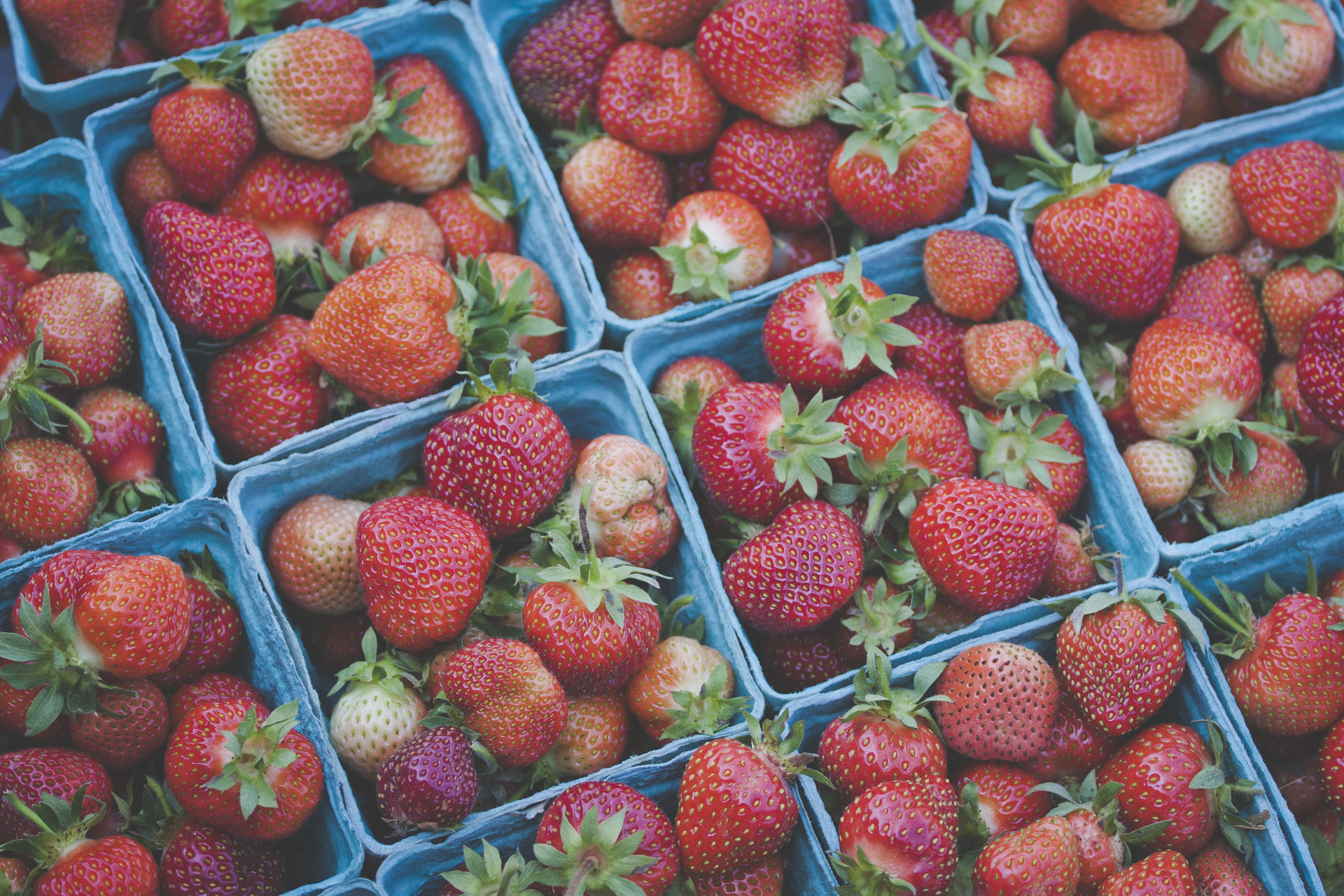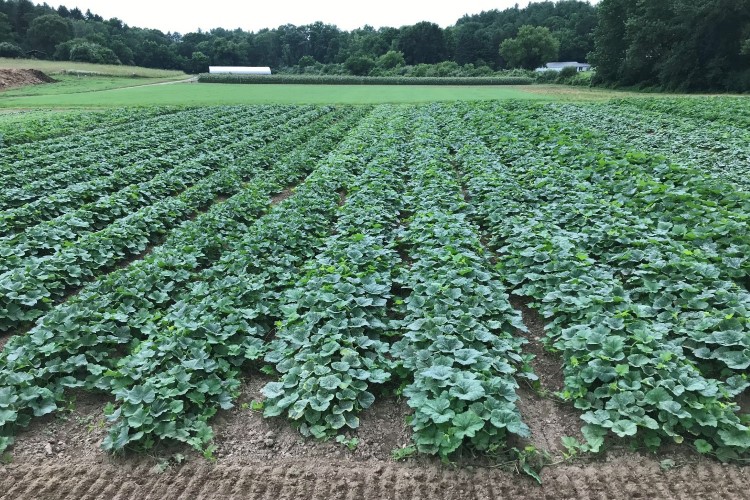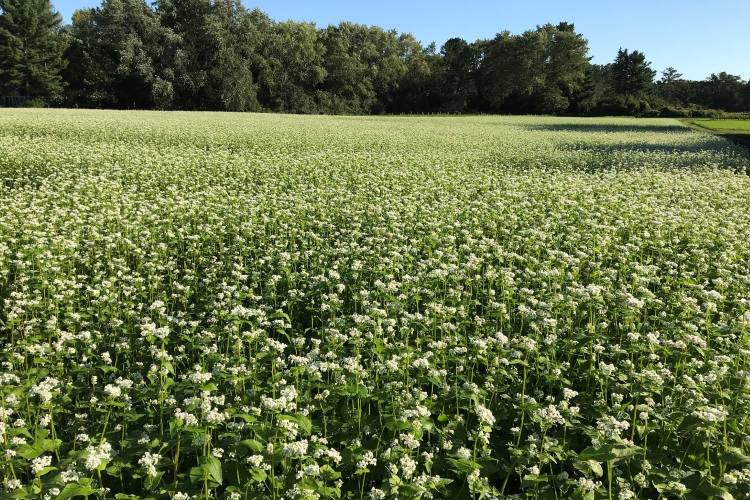Power of Soil
April 01, 2022
While industrial agriculture has historically focused on maximizing yields, sustainable farmers follow a different mantra: “Feed the soil, not the plant.” By fostering the natural ecosystem within soil, farmers can minimize erosion, runoff, and soil degradation, all of which are made worse by the rise of extreme weather events linked to climate change.
Preserving Natural Nutrients
A thriving soil ecosystem depends on high levels of soil organic matter (SOM): biological material in the form of carbon in various states of decay. This carbon feeds insects and other invertebrates, as well as bacteria and fungi; their digestive processes, in turn, make nutrients available for plants to grow. High SOM levels are associated with increased water conservation and carbon sequestration.
When soil has more organic matter, it can absorb more water during extreme rain events, helping to decrease soil erosion, nutrient loss, and flooding. Crops grown in healthy, SOM-rich soil can rely on naturally occurring moisture from precipitation and dew, reducing or eliminating the need for irrigation. To some degree, soil can also serve as a carbon sink, storing carbon to be used as nutrients for microorganisms.
Shifting to Sustainable Farming
When farmers overwork their fields through excessive tillage, stored carbon is released back into the atmosphere. A more sustainable model is a low-till approach, which does not disrupt the soil as frequently or as deeply and helps maintain soil ecosystems.
Low-till cultivation avoids using deep-bladed plows and instead uses minimal-depth tilling and planting methods. Over time, this allows the network of life in the soil to maintain higher SOM levels and make more nutrients available to the crops. Well-nourished crops are healthier and better able to withstand insect and environmental stressors.
This Is How We Do It
Farmers at Mass Audubon’s Drumlin Farm Wildlife Sanctuary in Lincoln put soil first by making and applying compost, controlling weeds with organic mulches, fallowing fields (leaving them untouched for a season or more), and growing and incorporating cover crops.
In the image above, taken in mid-July 2020, you can see rows of burgeoning winter squash. Visible in the background is a summer fallow field planted with an oat and pea cover crop, to the far left is the end of a compost pile—an important organic matter source made possible by the daily efforts of Drumlin’s livestock team.
What you can’t see, but what our records tell us, is that this winter squash field was seeded with mammoth red clover (a “green manure”) in March 2018. It rested out of crop production that year and all the next. The following summer, the biennial clover died. At that point, the team spread compost, tilled the field, and then seeded it to oats and buckwheat, which provide a leaf canopy over the soil that shields the earth from the drying effects of wind and sun, while simultaneously suppressing weeds and maintaining soil nutrients.
The image above is that same field in mid-September 2019—looking south through a snowfall of pollinator attracting buckwheat blossoms. When that cover crop froze later in the fall, the stalks blanketed the soil, insulating it from extreme temperature changes and protecting it from erosion caused by runoff. In the spring, the field was plowed to prepare the way for thousands of winter squash transplants.
This sequence represents the ideal management plan for crop fields at Drumlin: five years of crop production, followed by two years of clover fallow, with an application of compost at the end of the resting period. Faced with a growing demand for produce and the expanding problem of food insecurity in our communities, it can be tempting to shorten fallow periods to free up more acreage for crop production. Doing so would risk drawing down SOM reserves, which in turn could negatively impact our community-based approach to farming—and community health is what it’s all about.
Be Part of the Soil Solution
Each year, Mass Audubon invites hundreds of local community members to help with the farming operations at both Drumlin Farm and Moose Hill Wildlife Sanctuary in Sharon. These volunteers (including many of the children and teens attending Mass Audubon nature camps each summer) work together to provide for the community while establishing a lasting connection to the land and our food.
The popularity of the Community Supported Agriculture (CSA) programs at both of these sites is a testament to the growing need for nourishment, in every sense of the word: for healthy, local fruits and vegetables that are free of chemical pesticides and fertilizers, farming practices that are sustainable and protect the biodiversity of the land, and farmers you can meet and get to know on a personal level.
With food insecurity on the rise due to the pandemic and ongoing economic challenges, Drumlin Farm donates 10 percent of all crops to local food pantries. The farm at Moose Hill Wildlife Sanctuary facilitates a similar program from June to mid-October.
You can learn more and join the community by visiting massaudubon.org/csa.
This article was featured in the Spring 2022 issue of Explore, our quarterly magazine for members.
Stay Connected
Don't miss a beat on all the ways you can get outdoors, celebrate nature, and get involved.





